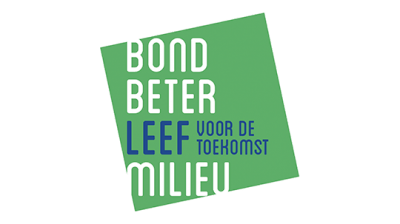Open Promoter Platform: no first-time building for a circular city
Utilising vacant space through cooperative spatial planning
In a sustainable future, we will have to apply the principle of circularity not only to materials, but also to our built-up space. Today, however, human demands for space all too often translated into new cubic metres. Yet this is in stark contrast to the scale and enormous reuse potential of existing empty and underused space in cities.
Both the rigidity of real estate and the one-shot character of professional alternative property development leave an enormous spatial potential of atypical buildings underused.
With this project, the agency for social-spatial innovation Endeavour, the product development agency Bagaar and financial expert Peter De Groot want to develop a multidisciplinary answer to this challenge, with a focus on cooperative spatial development.
The aim of our project is to expose vacant and underutilised space in the existing patrimony, while at the same time democratising cooperative spatial development, scaling it up and maximising its chances of success.
Therefore we developed the online Open Promoter Platform, which should be the missing link between the various partners involved in the successful realisation of circular space use.
Key results |
Key lessons learned |
|
|
What will the future bring?
We still have ambitious and concrete goals for the future. Most of the partners involved in the past project are still active. We are taking the concept to investors and cities, completing a communication study, finalising the website and building a launch campaign. The long-term plan is an ambitious but realistic, gradual build-up of the platform, as well as an expansion to other cities.
In addition to the platform itself, the trajectory also forms the impetus for many other projects in which we contribute to the qualitative scaling up of cooperative spatial development in Flanders and Belgium. We have already written an expert note on cooperative spatial development for the Flemish Government's Environment Department, and we share our knowledge in various lectures and conferences.
Moreover, in cooperation with Miss Miyagi and commissioned by CERA, Endeavour will coordinate a three-year research project in which concrete pilot projects in cooperative development will be studied and supervised.
Endeavour
Partners Bagaar, 51N4E, RE-ST, PDG















